Hi, I’m a first time visitor to Breaktime.
Have spent many years remodeling whatever house I’m living in at the time. Current project is kitchen countertops. Ordered new pre-built countertops and have them on my living room floor. Yes, measured twice and ordered once. Hopefully they’ll fit!
Question is – how to remove old laminate countertop to get the new ones on the lower cabinets. Have looked up from lowers and see no screws, so I presume they are screwed or nailed down from above and then laminated. So, how to de-construct them? What’s best way to remove old laminate to get to the screws or nails holding the substrate to the lower cabinets?
Have pulled off some edging and it seems to some off easily. Just haven’t gotten around to prying up an edge of the top surface. Any suggestions? Did notice Herrick Kimball’s reply to Scott from 12/22/1998 to spray with acetone and use scraper. Has anyone tried this? Any better solvents? Ventilation problems? Fire hazard?
Help!
Discussion Forum
Discussion Forum
Up Next
Video Shorts
Featured Story
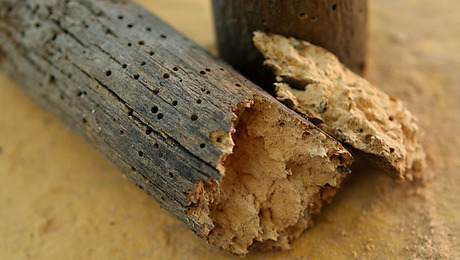
Learn how to fight wood-boring beetles and prevent home infestations with expert advice from Richard D. Kramer, an authority in pest control.
Highlights
"I have learned so much thanks to the searchable articles on the FHB website. I can confidently say that I expect to be a life-long subscriber." - M.K.
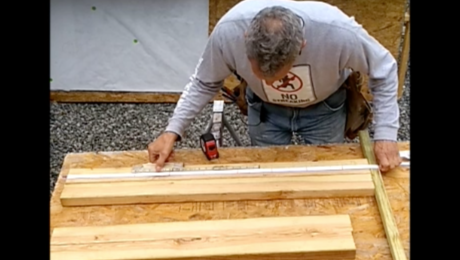








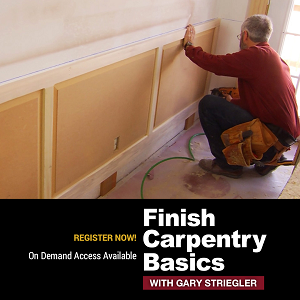



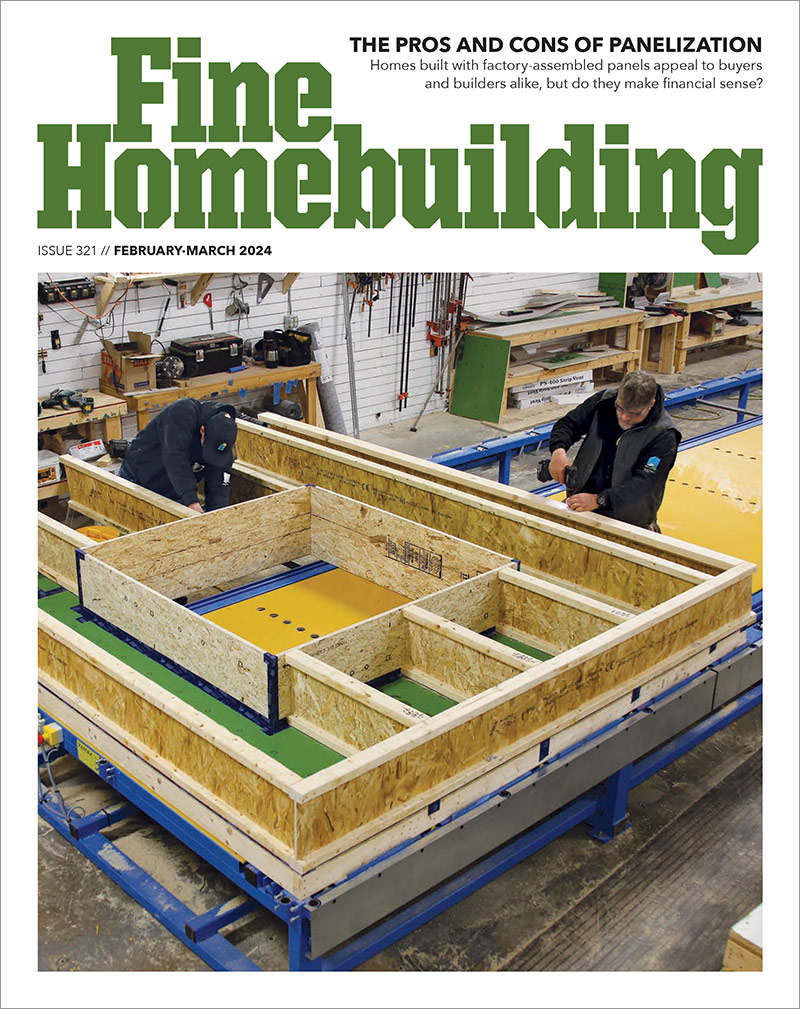
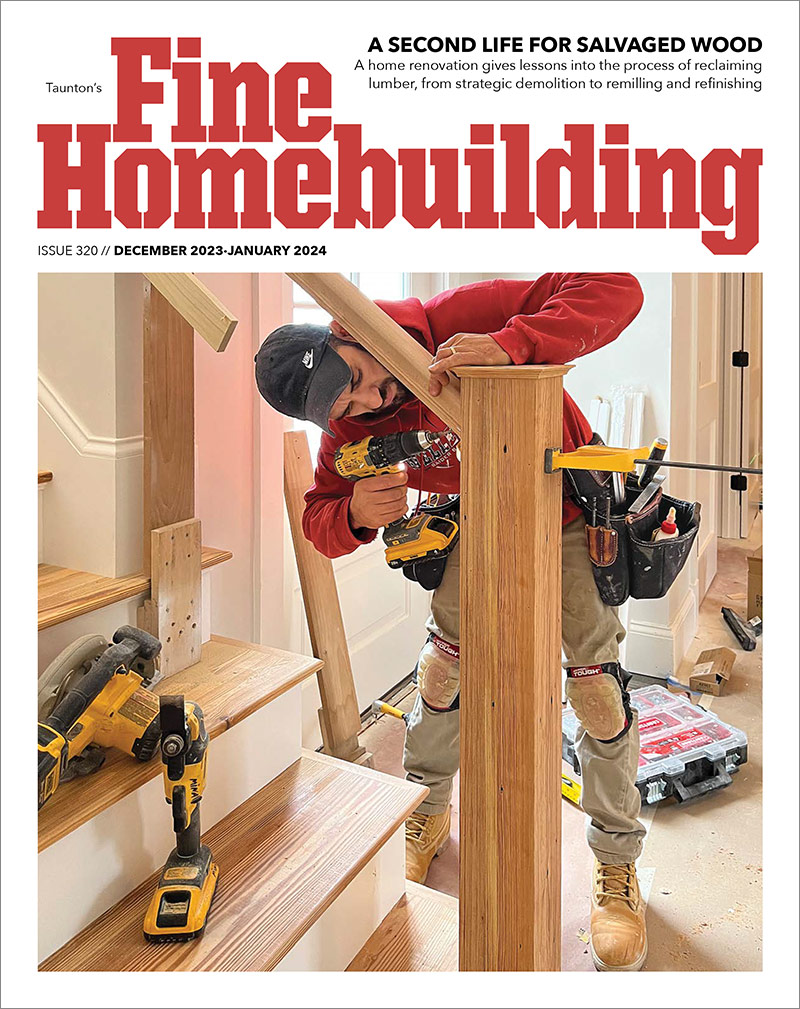


Replies
Pick a corner on the laminate and work a utility knife into it. Hopefully that will break some of the bond so you can see what kind of glue was used. Then, squirt some solvent in there and peel. Also just go at it with a putty knife.
I personally find it a little hard to believe that they would attach the laminate after the counter top substrate is attached. But who knows how some people work.
Is there anyway to just demo the majority ot the countertop and then pry whats left from the attachment point?
Jeremy
Steady hands and a sawzall with a demoblade that can cut nails. Or body armor and a circular saw with depth set to hair's thickness short of the existing counters depth.
Thanks PatchogPhil... got lucky and found the seams by lifting upward from the end of the countertop. Then split the laminate surface with a utility knife and lifted again, breaking it at the seam. Some of the rest was a bit harder, but since we weren't saving the old base (3/4" plywood, I wasn't too careful. Cut through the sink rim with a sabersaw and then used a screwdriver to lift the Formica and find the screws holding the top back in a corner. Fortunately they came out nicely, and voila - it was free. The new one (with formed post)slid in easily and screwed it down from below in strategic spots. LOOKS GREAT - Thanks!
DaveSharp
It's fairly common here for the carpenter to screw the plywood down first, then apply the formica afterward. If the top has an integral backsplash or rolled front edge, then it's almost certainly screwed from the bottom. If it has square edges, it could go either way.
Sometimes you can use an old wood chisel to split the formice from the plywood, or a stiff putty knife or 5-in-1 paint tool works too. Or you could use a heat gun to loosen the glue. If you're feeling bold, borrow the wife's clothes iron, turn it to scorch, and slowly iron the formica. that will loosen the glue quickly. Put a sheet of clean printer paper betwen the iron and the formica.
"When asked if you can do something, tell'em "Why certainly I can", then get busy and find a way to do it." T. Roosevelt
Edited 10/23/2005 11:24 pm ET by FastEddie
Hey FastEddie - used your tips, in part, and they worked great. See also my reply to PatchogPhil. You were right: they screwed the 3/4" plywood to the cabinets (sparingly, thank God!) and then laminated and trimmed. By lifting an end, I was able to free the screws on the long, free-standing leg. Cut laminate with sharp utility blade and it split cleanly at a seam in the plywood. Got the rest out by lifting the end, finding the attachment points, removing the laminate strategically (the iron worked, as did the hair dryer, as did a screwdriver driven under the edge in "tunnel" fashion, and then removing the screws. The ones back in a corner were toughest, but they came out, the old slid out, and the new slid in. Measured and cut the sink cutout, fastened down key spots,finished the one seam with contraction screws from the bottom, and IT LOOKS GREAT! Thanks for your advice!!
DaveSharp
till the next project...